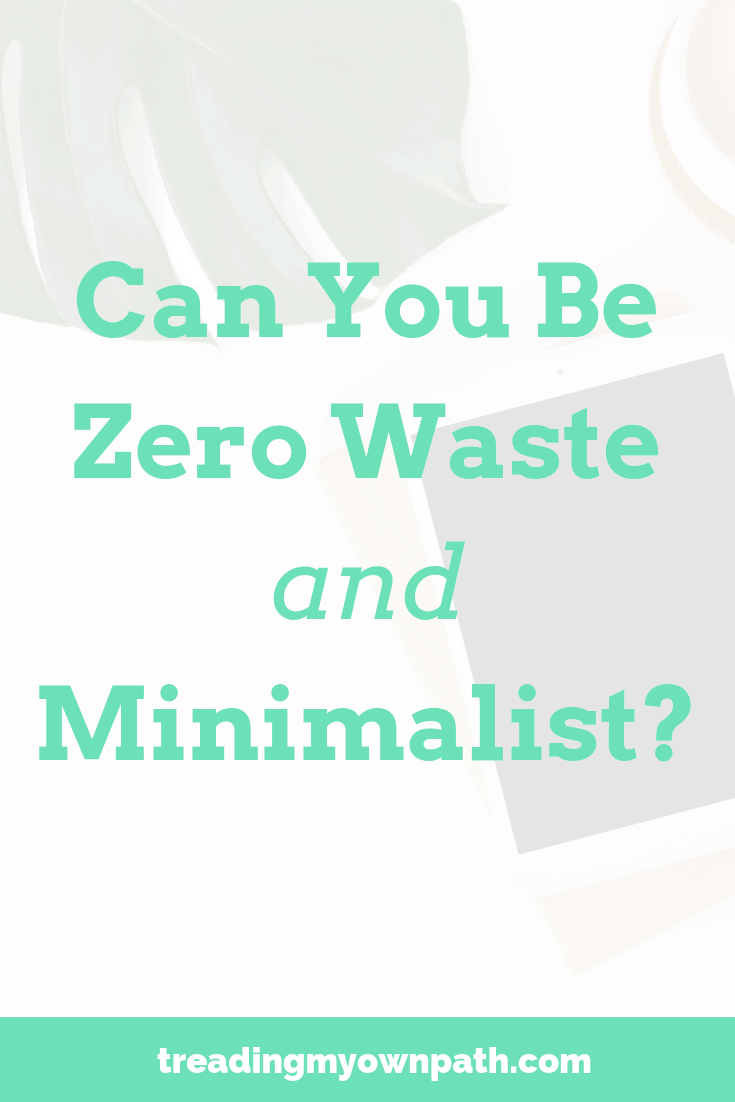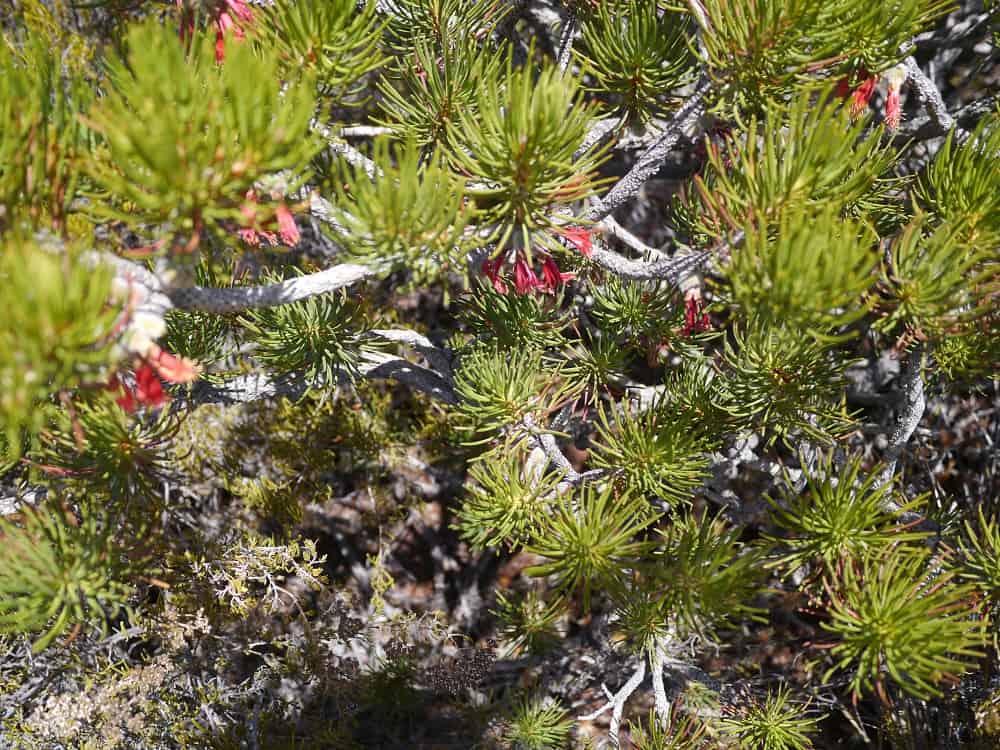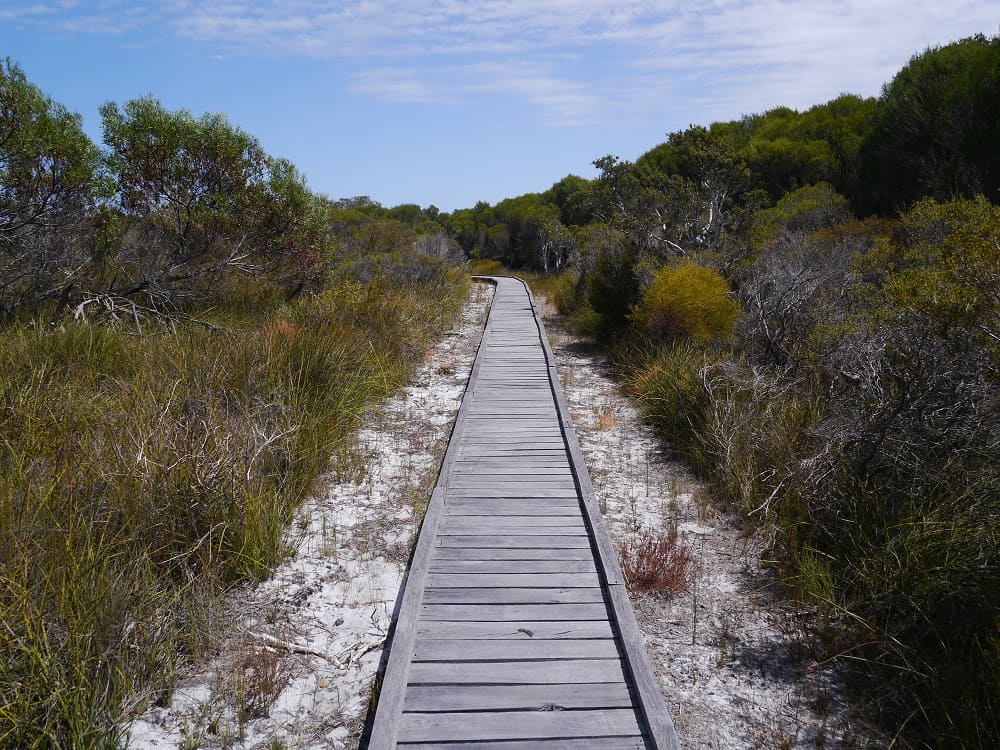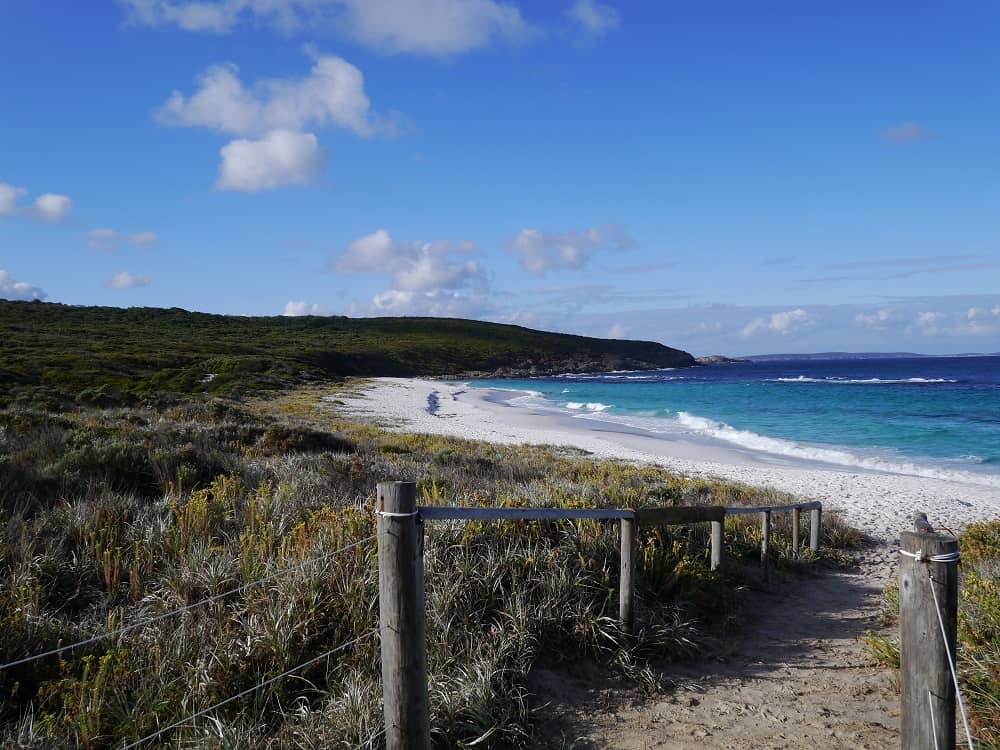Suitcase Minimalism and 5 Things I’ve Learned
We gave notice on the flat we rented at the end of November, hoping to be able to move into our new flat but knowing that if we couldn’t, it would be an interesting lesson in minimalism. In the end, the new place wasn’t ready. Obviously we needed those lessons! On Christmas Eve we moved out of the old place and with nowhere to call our own, began relying on the kindness of friends and family. We stored some of our stuff in a friend’s garage and have dragged the rest back and forth across town as we sleep in various spare rooms made available to us.
We’ve been couchsurfing across the city for a month. It’s been novel. It’s been exasperating. It’s been fun. It’s been draining. It’s been challenging. And of course, I have had some interesting insights into my relationship with stuff.

Here’s what I learned:
1. Minimalism for minimalism’s sake misses the point.
We have put stuff in storage. A few bits of furniture, kitchen stuff, a couple of boxes of things. Most of the things in storage are not things we couldn’t bear to part with, but items that were convenient to keep. We are only moving a few suburbs away and we are not paying for storage, so why give items away only to have to buy them again later?
We could have got rid of everything, but what would that have achieved? What point would it have proven? I want to move into our new place and get straight into planting the garden, not spend the first few weekends re-accumulating all the stuff we gave away. Minimalism is about finding out what is enough and getting rid of the unnecessary, not getting rid of everything.
2. Minimalism is not about counting your stuff.
There are minimalists who have less than 100 items, or who can fit their entire personal possessions into a single bag. This is not me. I have no idea how many items I own, although I’m sure it’s more likely to run into the high hundreds or even thousands. And actually, I’m not interested in counting them.
There are plenty of minimalism counting challenges out there based on numbers: Mins game (where you get rid of 1 thing on the first day, 2 on the second, 3 on the third and so on all the way up to 30 – which means 465 things in total) or Project 333, where your wardrobe is 33 items of clothing for 3 months, or the 40 bags in 40 days challenge (actually, this would probably wipe out everything I own – I have nowhere near that amount of stuff in total, let alone that I want to get rid of!) are just a few I’ve come across. Counting the stuff you’re getting rid of, however, is different to counting what remains.
When we left our stuff in the garage, we didn’t count it. We felt everything in there was useful and we needed. What does it matter what that number of things is? What would we use the number for? To compare ourselves to others? Minimalism isn’t a competition.
Minimalism is a personal journey: finding out what is enough for you. Enough isn’t a number.
3. The less you have, the more you can focus.
It has been a revelation to me how much easier it is to get stuff done when you remove most of the distractions: and by distractions I mean stuff. With most of our stuff packed in boxes we are operating out of a few bags filled only with the basics, and it’s been surprising how productive I’ve been.
Jobs that I’ve been putting off that come under the “need to do but really can’t be bothered because they are boring” category, like finally tackling my ridiculously non-minimalist inbox, laptop saved files and hard drive and filing / organizing / deleting thousands (yes, thousands) of unnecessary emails and files. Tedious but oh, it feels so good to be onto it!
Also the jobs that come under “procrastination central”. The things I’ve been saving for when the time is right… which of course, it never is. When you completely run out of distractions the only thing for it is to stop procrastinating and start getting stuff done!
4. Too little stuff can stifle your creativity.
It’s been great paring down to the absolute basics. On the plus side, I’m getting lots of stuff done. On the downside, I can feel my frustration rising because of the limitations I have.
By limitations, I don’t mean distractions. I mean the things I love to do that I can no longer do. Like baking and cooking. I can cook still cook dinner, sure, but without utensils and ingredients and storage space, we’ve had to stick to the basics. We ate the same vegetable lentil ragu for dinner 4 days in a row. I miss my kitchen.
Getting stuff done is fantastic, of course. But I’m not a robot. I can’t just work at 100% capacity all the time. I need rewards and down time – and that is what cooking is for me. It nurtures my creative side. It gives me happiness.
Finding “enough” is finding your sweet spot, when you don’t feel frustration because you are constantly looking for / maintaining / cleaning your stuff, but you also don’t feel frustration because you don’t have what you need. Living out of a couple of suitcases has made me realise that a couple of suitcases is less than my “enough”.
5. However many clothes you have, it’s (probably) still too many.
Okay, so I don’t know how many clothes you have. But I know how many I have…and it is still far too many! I’ve written about my wardrobe decluttering struggle many times, but after posting most recently back in October I had a major epiphany and decluttered a whole lot more. I didn’t think I was done, but I thought I was getting close. Now we’ve moved I’ve observed I still have too many clothes. It seems you really don’t need to own that many outfits at all!
The main reason I’ve found this out is that there is very little wardrobe space where I’m staying currently, so most of my clothes are still in my suitcase. Being lazy, it’s far easier to wear the things on the top, wash and repeat. Which means I’ve probably been rotating the same 5 outfits over the last 2 weeks. Which means I could probably manage with 5 outfits most (all?) of the time. Not that I intend to cut it back that far (yet) but I’ve noticed that I haven’t felt restricted, or lacking in choice. In fact, it’s been super easy to get dressed every morning!
Post writing that October article, I thought I’d made great progress. Now I know I could get rid of more. I’m rather looking forward to unpacking when we finally move and seeing what else can go. Maybe Project 333 (which I’ve always considered completely impossible) may be within my grasp after all!
Now I’d love to hear from you! Have you ever tried to find your “enough” sweet spot? What did you learn about yourself? What was “more than enough” and what was “less than enough” for you? What would your one thing that’s you’d never want to let go be? Have you ever tried living out of a suitcase? Tell us about it! What did you love and what did you struggle with? Any other insights you’d like to tell us? Please write a comment in the space below!
[leadpages_leadbox leadbox_id=1429a0746639c5] [/leadpages_leadbox]







































